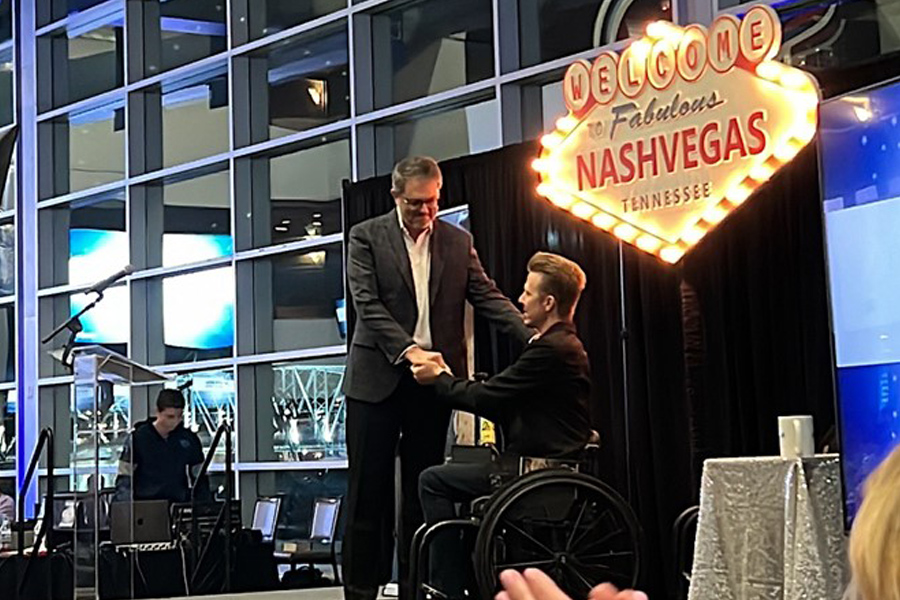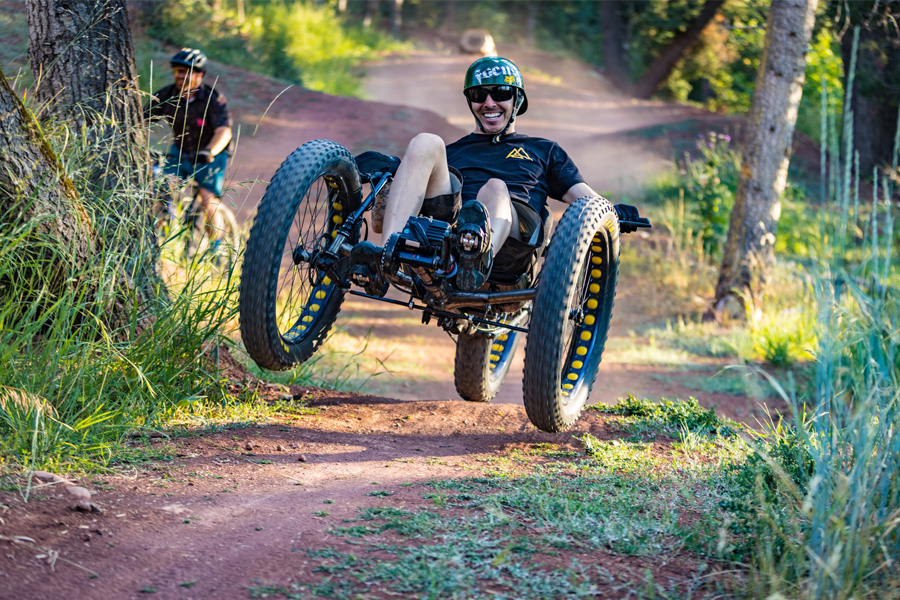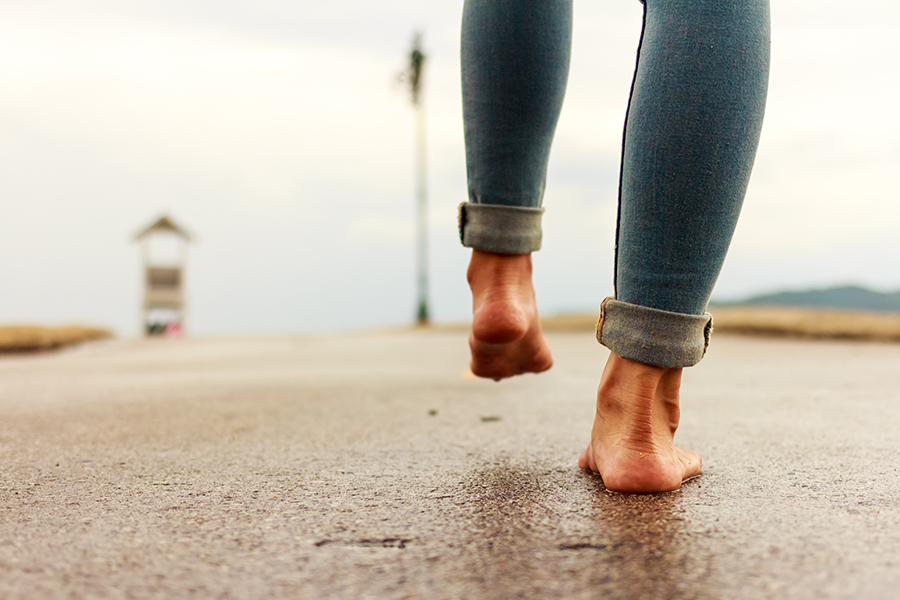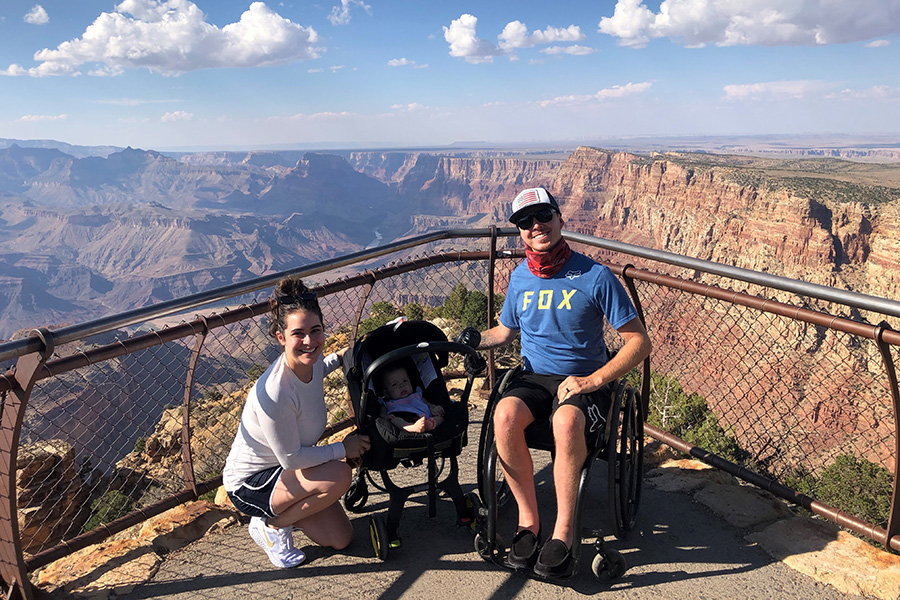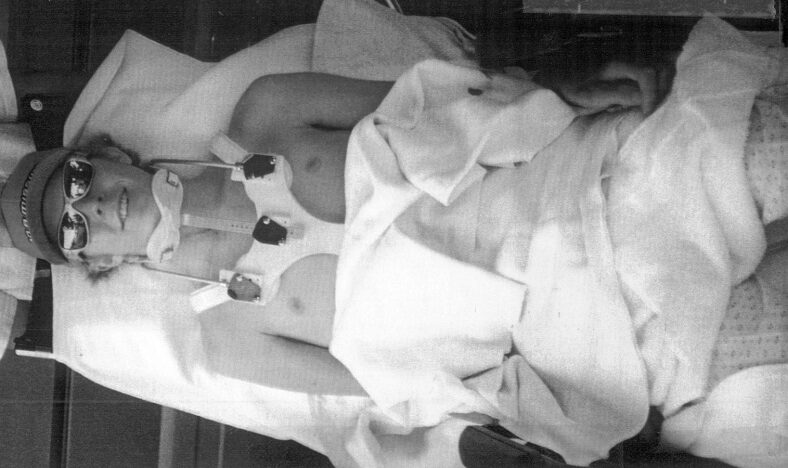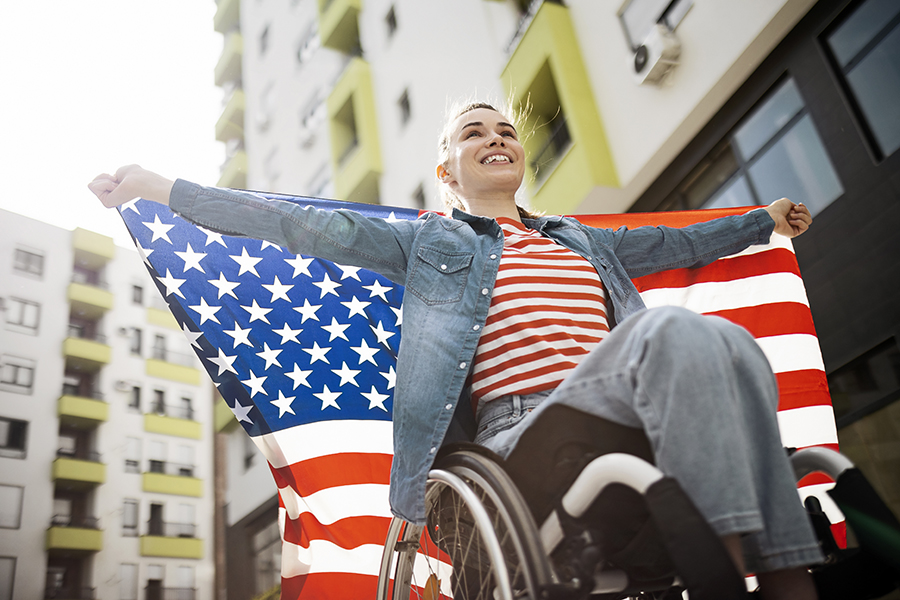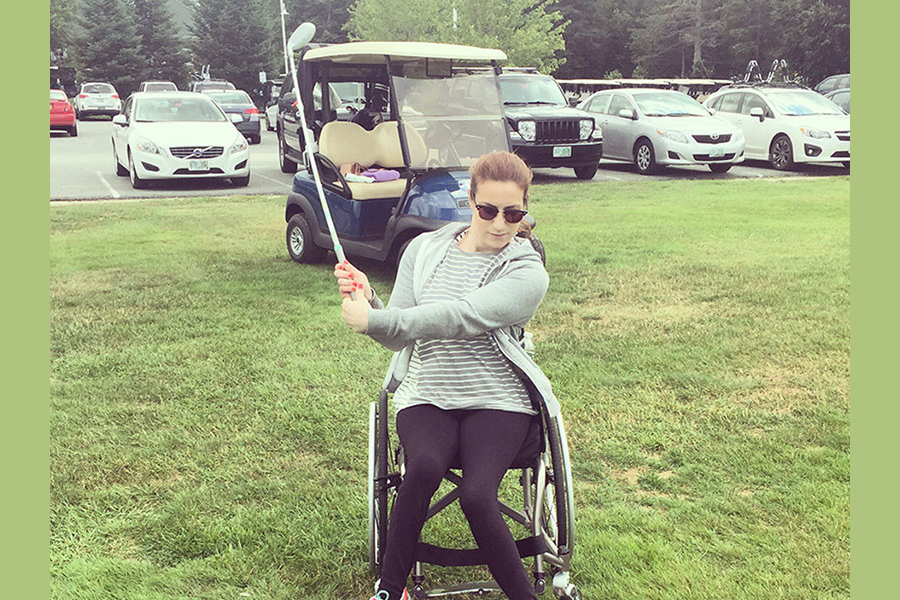Sustaining a spinal cord injury as a young, professional athlete took my identity away from me. My grandfather would call me “grasshopper” because I was always moving around – on my feet, in the air, on a surfboard, skateboard or motorcycle. In 1999, I broke my neck at C-4,5,6 and the way I had navigated through life changed forever.
Learning How to be Active Again
While I took full control of my recovery and explored all aspects in the gym, I was looking for more. The FES electrical stimulator turned into the Flexorsizor, to a NuStep recumbent stepper, to an upright stationary cycle. A funny-looking bike built for two hung over my head for three and half years in the gym, and I knew that was going to be my next challenge. I convinced my trainer, Taylor, that we could do it together!
“The first tandem bike ride with Taylor was a short, eye-opening experience. Although it was dangerous, it also showed me what was possible. It gave me a specific target to work toward within the scope of my recovery. I had more work to do if I was truly going to ride again safely.” [The Rebellious Recovery, page 72]
Getting Back into the Competition
Becoming competitive was what I knew, and now I had a way to accomplish that! We trained for five minutes, then five miles, then an LA Marathon, and again and again. While all of this was accomplished over years and years, I was able to redefine myself as an athlete… with a spinal cord injury. The limitation of what or who I was, all lied within myself, and I was determined to push further.
The tandem bicycle built for two turned into a steppingstone to one—a custom-made tricycle that I was able to pedal under my own power. Even with that next progression in machine, I searched for more competitions. Soon the Paralympics called, and I began training with our country’s best. I competed in local, regional and national championship events. I wrote a previous blog about it HERE.
Challenging Myself
Although my competitive cycling career is over, I continue to push myself in other areas. Ultra-endurance activities like walking across Death Valley with a modified walker, stair climbing skyscrapers and adaptive mountain biking have been fulfilling physically and mentally.
How Can You Get Involved?
I encourage all to explore competitive sport as an outlet for expression, progression and confidence. In addition to the Paralympic program, there are many organizations for adaptive athletics.
For example: The Department of Defense’s “Warrior Games” and the Invictus Games.
- Warrior Games – Hosted by the U.S. Army, celebrating the resiliency and dedication of wounded, ill, and injured active duty and veteran U.S. military service members.
- Invictus Games – Uses the power of sport to inspire recovery, support rehabilitation and generate a wider understanding and respect for wounded, injured and sick Servicemen and women.
There are also 16 open categories in CrossFit for Adaptive Athletes. Tough Mudders now include adaptive athletes to participate on and off the course, either as an athlete or course guide. And adaptive golf continues to become more available in the United States with the invention of golf carts that stand up individual players.
Ways For You to Get Moving
If you are looking for different athletic endeavors to sink your teeth in, please visit these sites for guidance and to get started:
- US Paralympics – www.teamusa.org/team-usa-athlete-services/paralympic-sport-development
- Angel City Sports – angelcitysports.org/
- Challenged Athletes Foundation – www.challengedathletes.org/
- US Adaptive – usadaptive.net/
- Amputee Coalition – www.amputee-coalition.org/
- US Association of Blind Athletes – www.usaba.org/
Redefine what athletes “look like” and, as Nike says, Just Do It!
In Health,
Aaron Baker






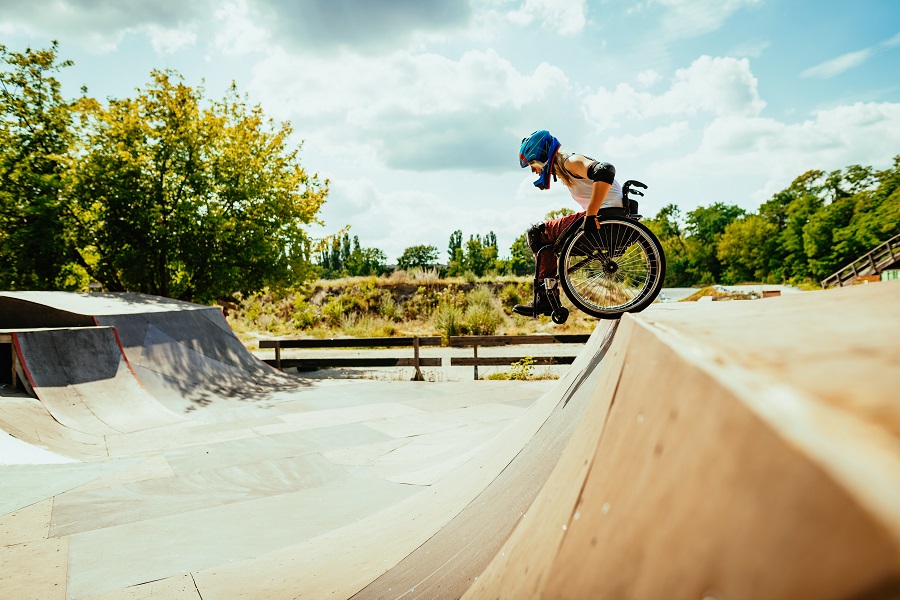


 Why am I always sore after removing my intermittent catheter?
Why am I always sore after removing my intermittent catheter?